Blog
Keep Your Hips Moving

Do you feel like you lack good motion in your hips? Struggle with hip discomfort when you do some or most activities?
Let’s talk about how to get your hips moving, and feeling better and stronger.
First, let’s look at the hip joint.
The hip joint is a ball and socket joint. Unlike our knee joint, it means it should be able to move in several directions.
The healthy hip joint allows you to move the thigh bone forward, backward, side-to-side, turn it in and turn it out. It is also a joint that allows you to bend forward like a hip hinge or a waiter’s bow motion.
There are several reasons we may lose motion in our joints.
- Injury
- Surgery
- What we have learned
- What we do
All of these can create habits that can lead to further breakdown of the hip joints.
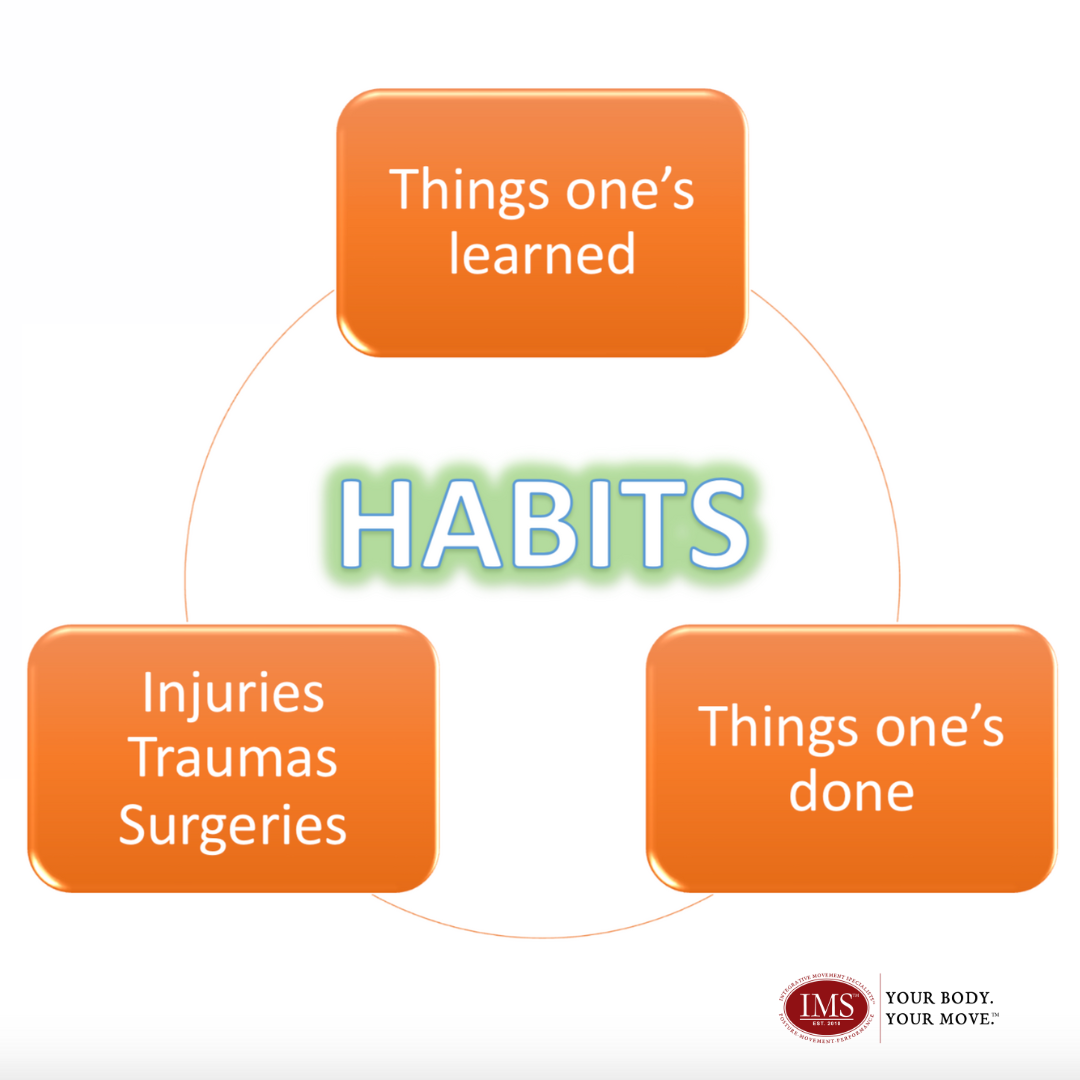
A common type of hip discomfort is in the front of the hip. It can start with feelings of tightness like if you could just stretch the front of the hip, then pinching with certain movements, and finally pain.
When the ...
What is Good Posture?

It should be easy, yet we have made it too complicated, so now, easy seems challenging.
Confused?
Many clients are when they ask, 'what is good posture?'
This question usually follows a session when we have been working on body position during exercise, and the cues we have been using seem to feel good in their body and are counterintuitive to what they have been told their whole lives.
Do you remember being told to stand up straight, pull your shoulders back, lift your chest, pull your abs in, squeeze your glutes, or something similar?
Many of us have become very good at any or all of the above. So good that we use these same cues when exercising, standing, sitting, driving, etc.
So what is the problem with this type of posture?
There are a few things, and some of them are pretty big!
- These postures make it hard to breathe. Don't believe us?
Give it a try. Lift your chest, pull your shoulder back, squeeze your glutes and try to take a breath. Now let that all relax and...
Avoid this posture for the health of your hips and back

Once we tell you this, you may find you use this posture often, and if you struggle with low back discomfort or tight hips (especially in the front of the hips) or tight IT bands, you will want to stop this posture.
What posture is it?
It is the posture of tucking your glutes or pelvis.
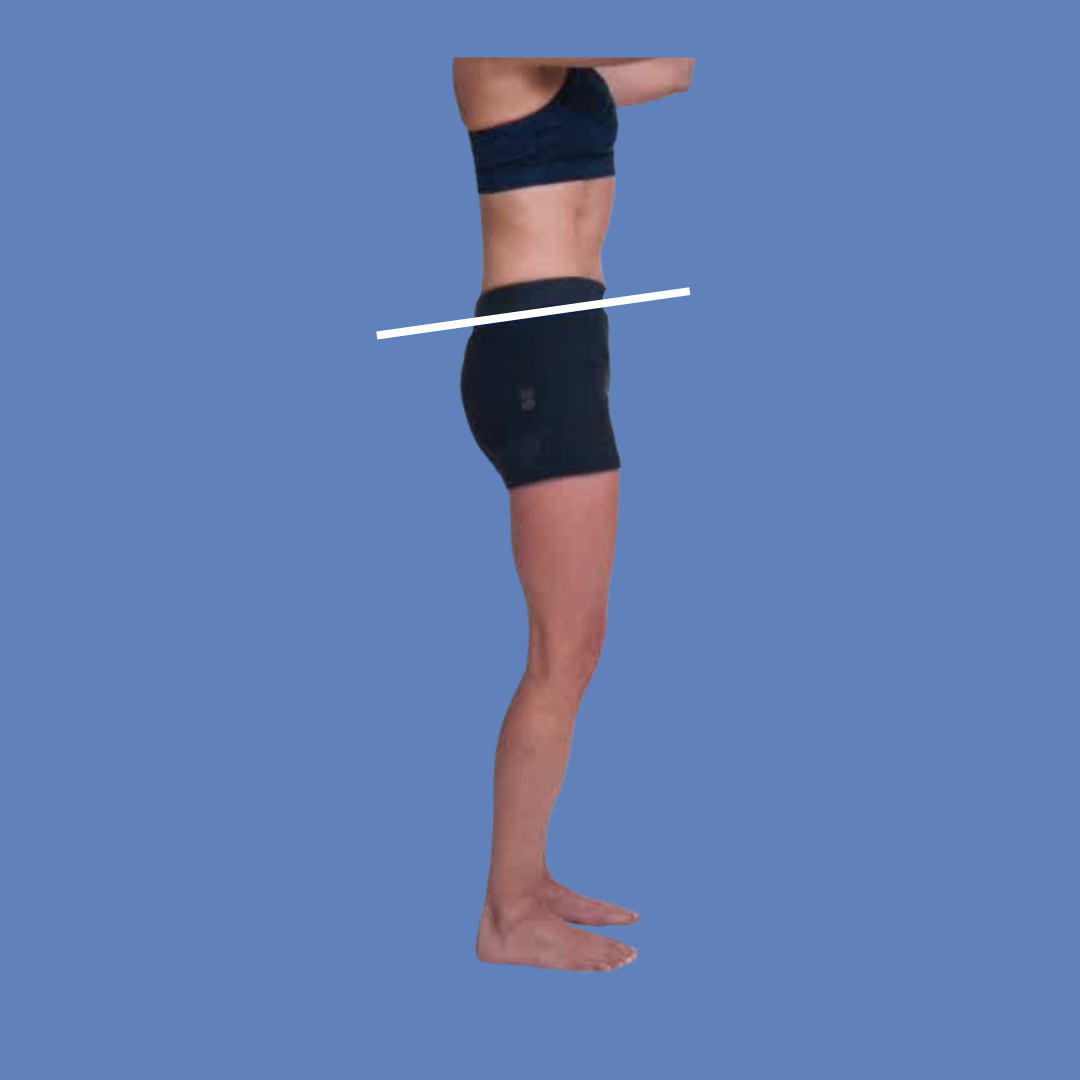
If you are currently working with us, you have likely heard us say this already and may still find you need help with this posture if you do not actively check-in with yourself.
How does tucking your glutes create problems in your low back or hips?
Try this:
- Stand up.
- Place one hand on your spine in your low back, just above your pelvis.
- March in place one time to shake out your current posture.
- Keeping your hand on your spine, squeeze your glutes.
- You likely feel the pressure in your hand from your spine flexing back into your hand.
- If not, lower your hand on your spine and try again.
Next, place your thumbs in the crease of your leg where your thigh bone meets your hip.
- March in ...
The key to maximizing your core training...

You may have been told by a professional that if you strengthen your core, it will help with your pain or discomfort. You may do core exercises in hopes of having a leaner-looking midsection.

Despite your reason for doing core exercises, consider the quote above.
Before we can think of the outside appearance, as the above quote suggests, we must first want to understand the foundation, which is deeper than the eye can see.
There are several core muscles below the superficial six or eight-pack that we can visually see. Today we will consider the one that if it does not function correctly, nor will much else in our body.
The diaphragm muscle is a round dome-shaped muscle located deep inside your trunk, separating your upper body (thorax) from your abdominal area. It sits inside your rib cage and attaches to your ribs, breastbone, and spine. It is the primary muscle of respiration. When you inhale, it flattens, returning to a dome shape as you exhale.

The mechanism of movement...
The Importance of a Principle Based System When Exercising
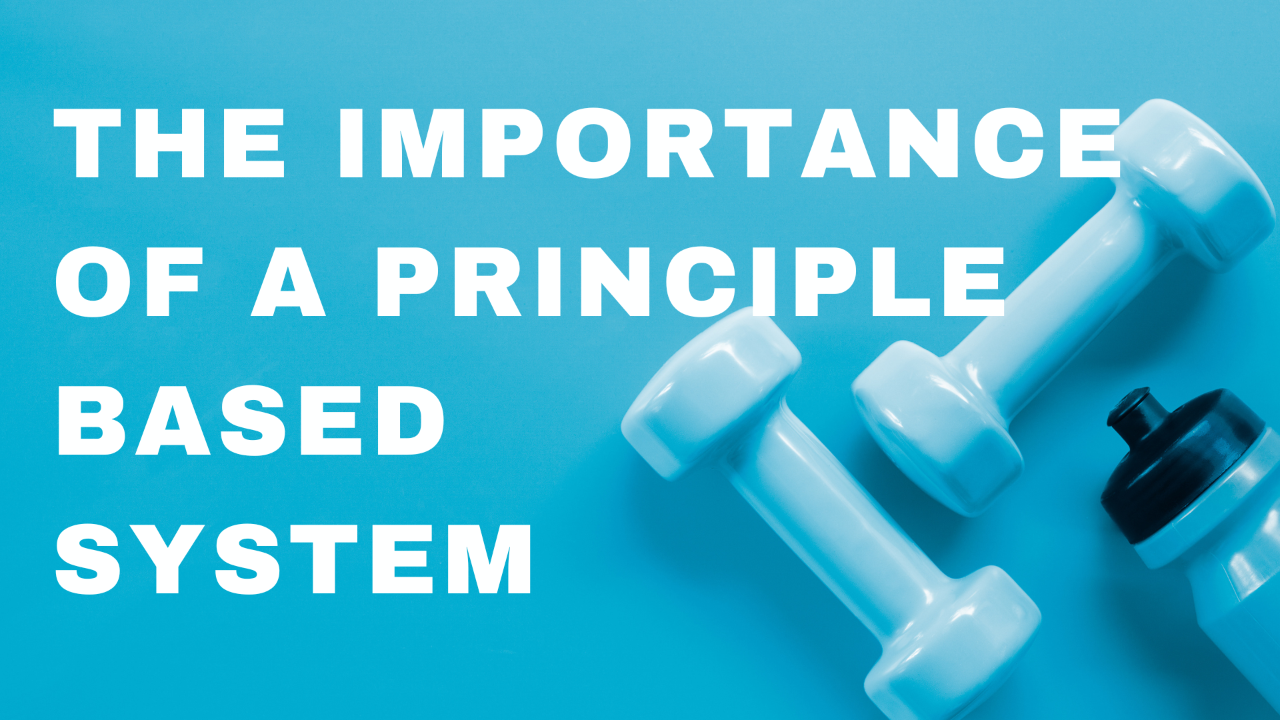
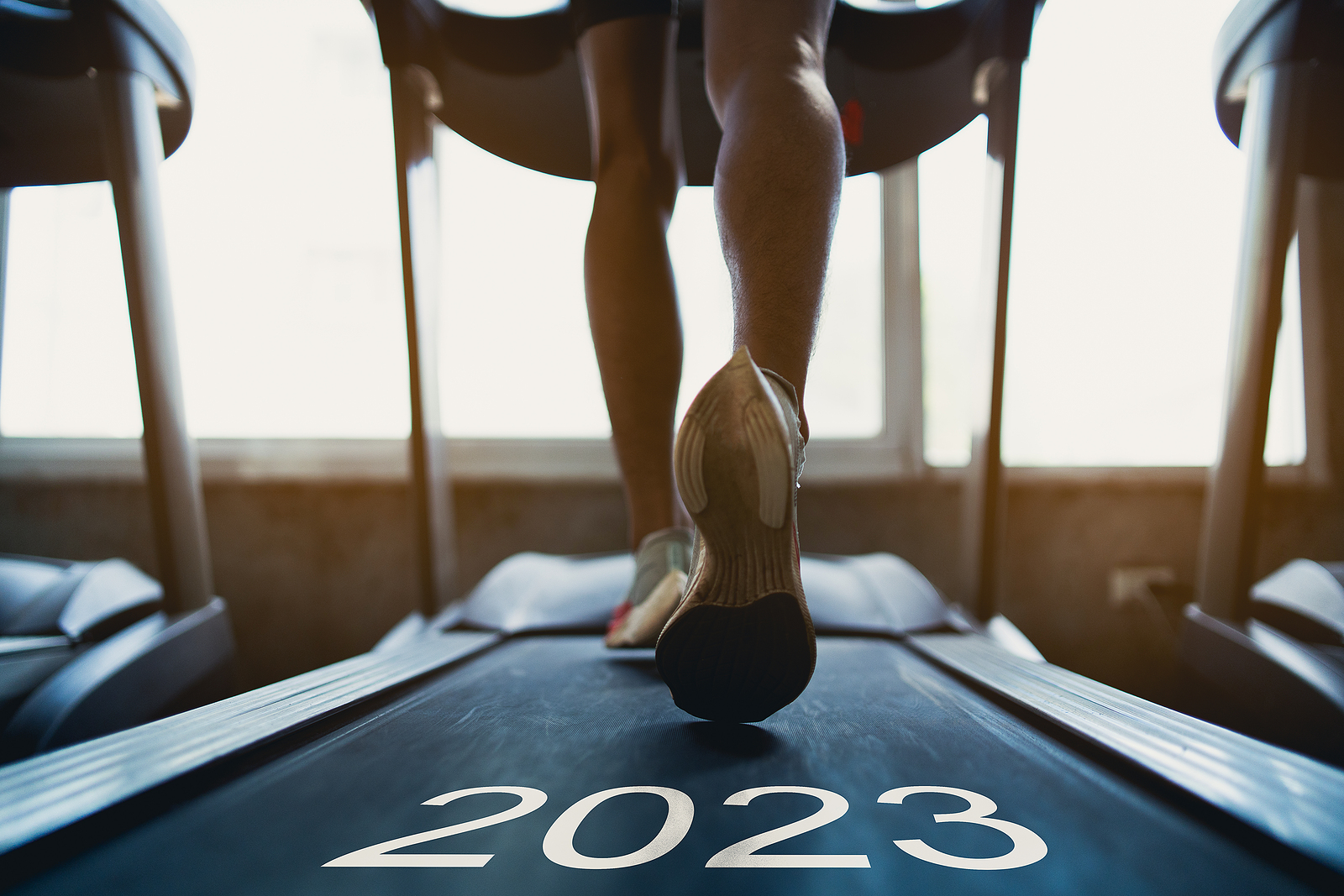
There is a great quote by Ralph Waldo Emerson, “As to methods: there may be a million and then some, but principles are few. The man who grasps principles can successfully select his own methods. The man who tries methods, ignoring principles, is sure to have trouble.”
Often the new year brings the need to evaluate, make changes, etc. Health and fitness are significant areas where people consider and want to make a change this time of year.
If you are finding that you are in that place this time of year and are looking to start a fitness program, be sure the program or the professional you are working with works in a principle-based system.
You can use many different methods when you exercise with a set of principles.
The Integrative Movement System which we use in our studio is based on three simple principles to ensure your body moves with its greatest efficiency:
- Alignment
- Breathe
- Control
When you move and exercise, utilizing optimal joint alignment, three-dimensional...
Where Are You On the Wellness Continuum?
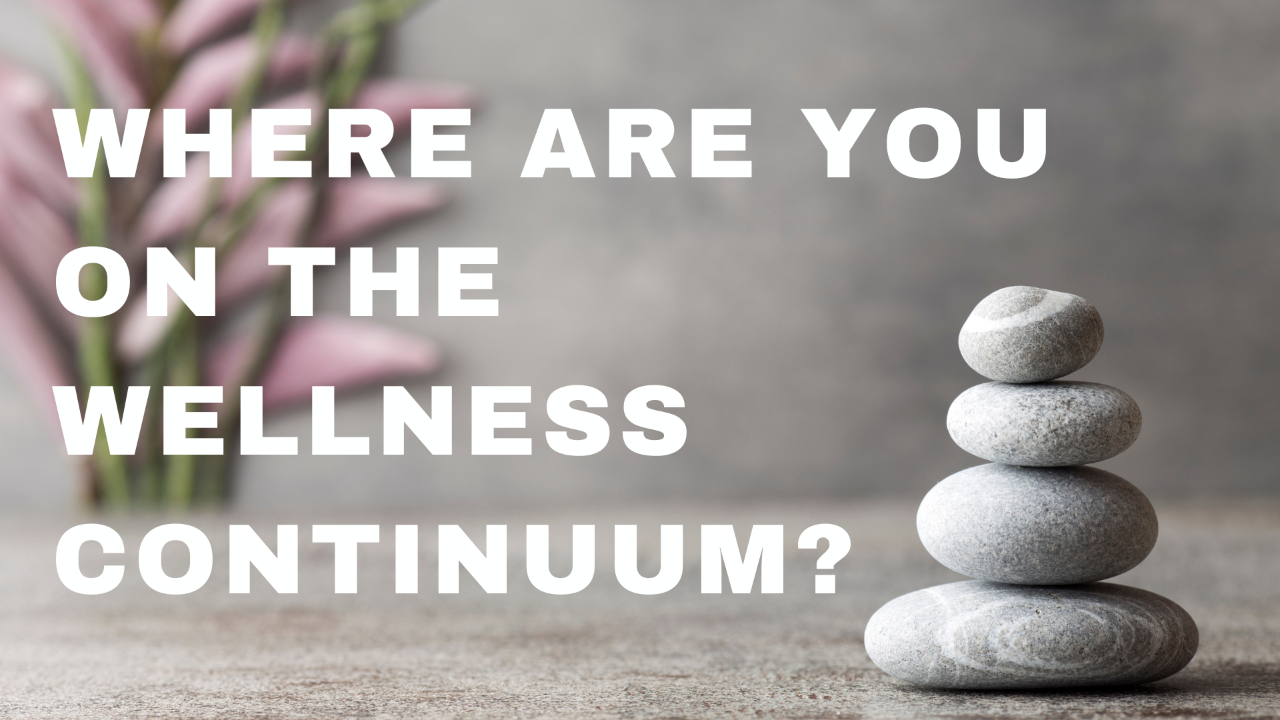
According to the American Heritage Dictionary, wellness is defined as:
- The condition of good physical and mental health, especially when actively maintained by proper diet, exercise, and avoidance of risky behavior.
- The state of being well or in good health.
- The quality or state of being in good health.
In 1978 Dr. John Travis created the Illness to Wellness Continuum pictured below. Dr. Travis feels, 'it less important where you are on the continuum; it's more important which direction you're facing – toward illness or wellness.'

As we start to look at the new year and set goals or resolutions,
which direction are you facing on the continuum?
Taking care of your body, mind, and spirit is essential for a state of wellness.
If your answer was you are facing towards wellness on the chart and are aware there that you need to learn more to grow towards greater wellness partner with us and let's keep you moving toward greater wellness.
If you are already working with us and ...
Great exercise for balance, walking, and running.

Over the last two newsletters, we have looked at plank and squat progressions and challenged you to do them optimally and earn the right to move on to the next level of progressions. This time we will look at the split squat which progresses to step-ups.
The split squat progression is a great way to train, the legs, glutes, as well as, balance, walking, running, and more when performed optimally.
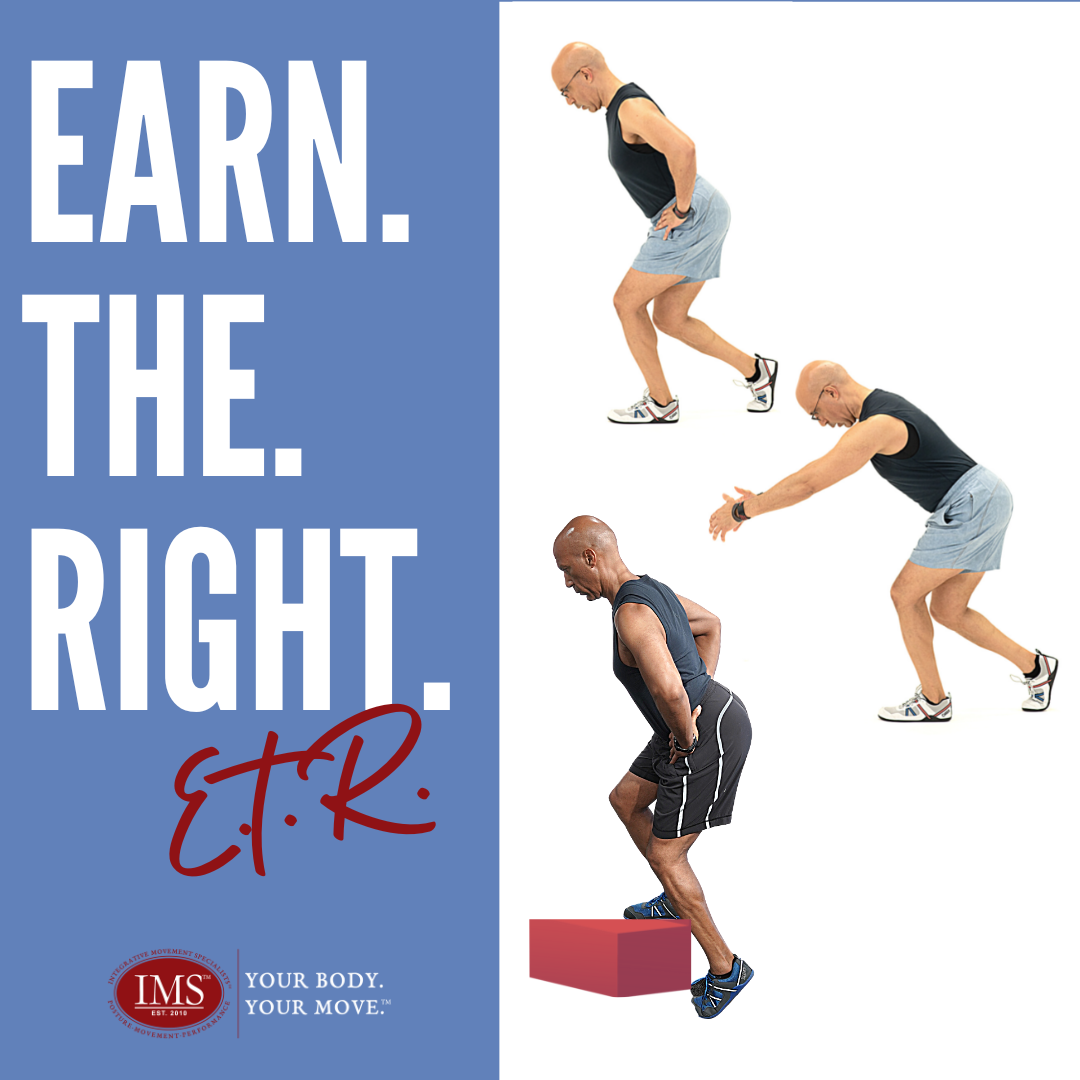
Be sure to set up and check your setup before each set:
- Think length through the back of your head, and set your foot tripod with your weight balanced between the base of your big toe, the base of the small toe, and the heel.
- Go into a small squat and slide one foot back slightly with the back heel off the ground.
- Most of your weight should be on the front foot in the tripod.
- Inhale to come up - maintaining the weight on the forward foot.
- Exhale to go down - maintaining the weight on the forward foot.
- Stay on the same leg for 8 repetitions.
- Switch to the other leg repeating the ...
The Squat Challenge

In the last newsletter, we challenged you to a plank challenge. Not the usual challenge of how long you could hold it. Instead, it was how well you could do the plank at various challenge levels.
How did you do? Were you able to progress to the counter height plank, maintain your ABCs and maintain optimal range of motion after?
This week we will challenge you to earn the right to move through some squat patterns. We have to squat throughout our day for basic activities of daily living, so it would seem vital that we do it well. Squats are also a popular exercise so if you are going to do repetition after repetition, let's be sure you are doing it in a way that supports the health and alignment of your joints.
 Remember to use your ABCs:
Remember to use your ABCs:
A stands for alignment of the joints. As outlined in the photos above, maintain your rib cage in alignment with your hips and pelvis. When you can do this, it maintains optimal spine alignment, allowing your core muscles to naturally turn on to...
The Plank Challenge
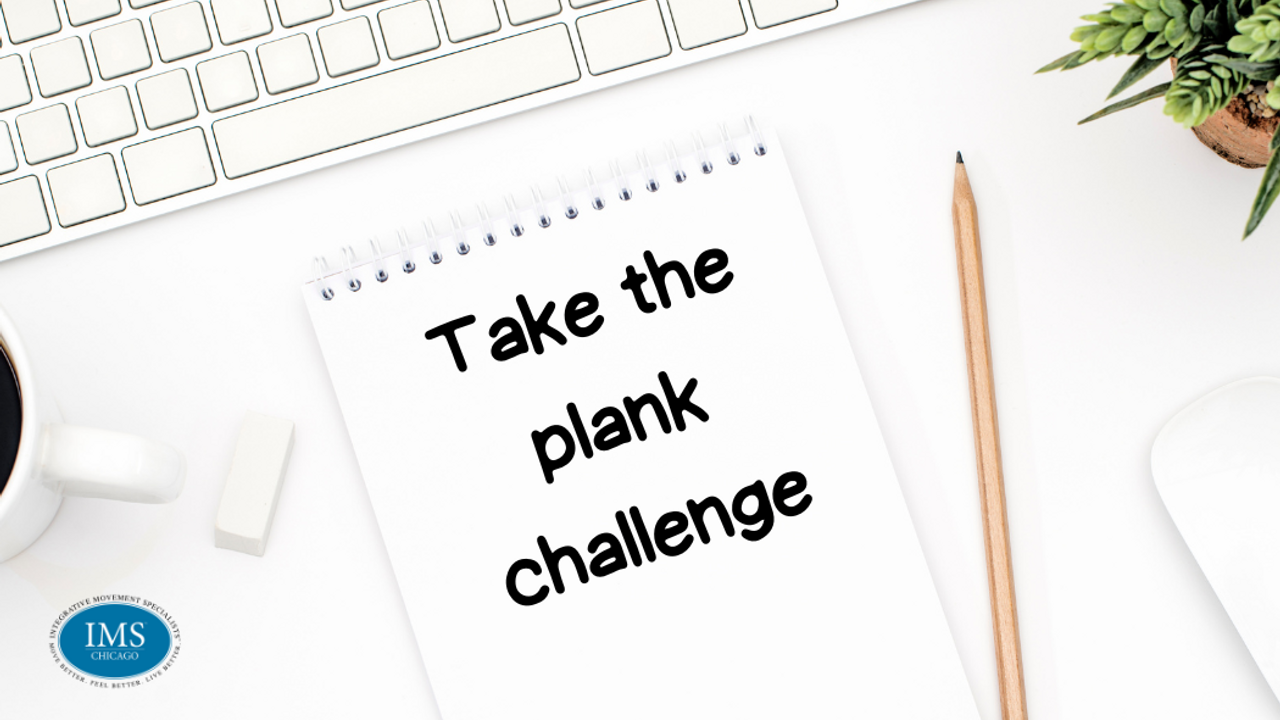
The plank is a widely used exercise to build core strength. When done optimally, it can build core strength and improve shoulder and spine stabilization.
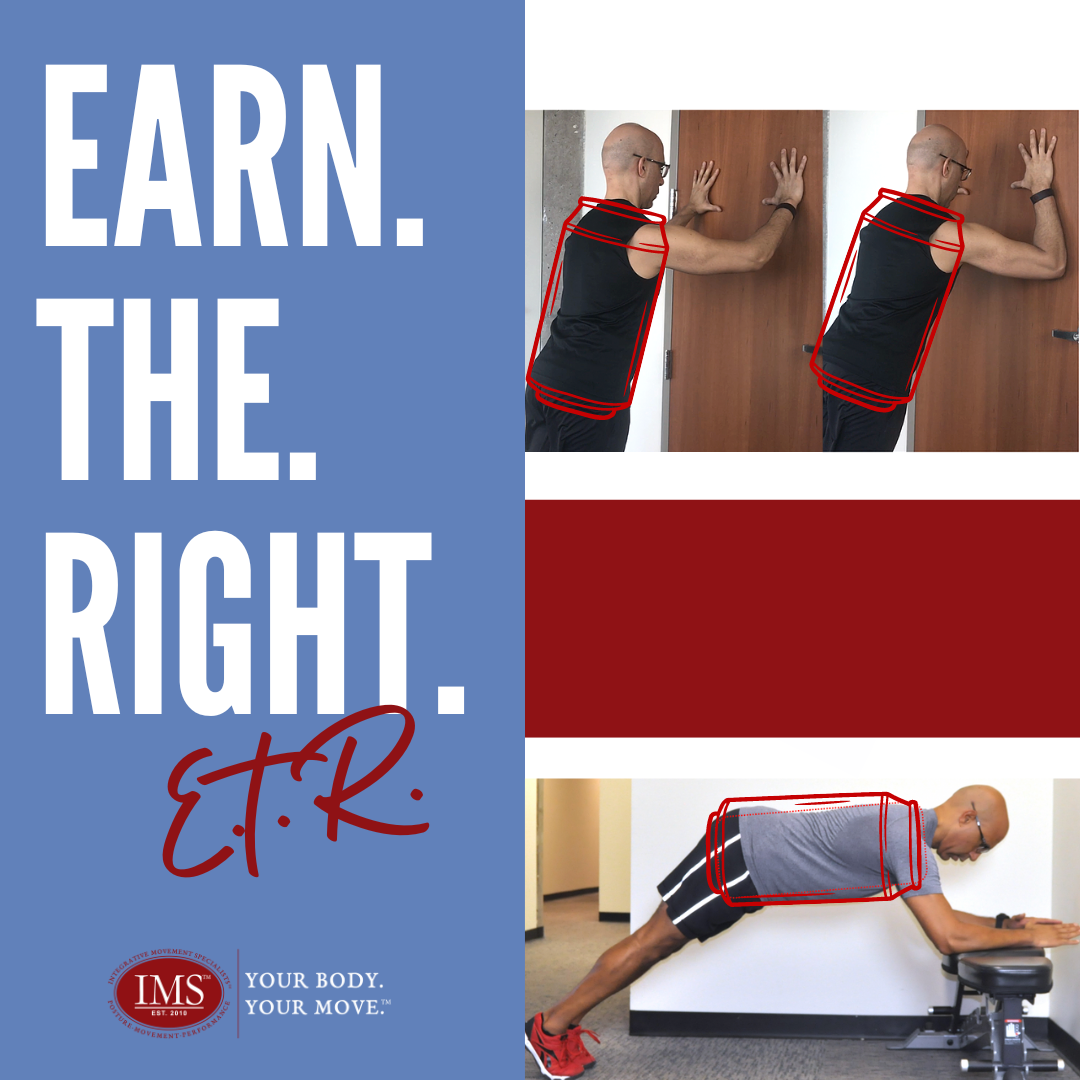
To get the most benefits from the plank, you want to follow the simple plan of A-B-C.

A stands for alignment of the joints. As outlined in the photos above, maintain your rib cage in alignment with your hips and pelvis. When you can do this, it maintains optimal spine alignment, allowing your core muscles to naturally turn on to maintain this posture without having to 'pull' them in.
B is for three-dimensional breathing. Breathing in a three-dimensional manner allows you to use your deepest core muscle, the diaphragm, maximally. It also helps support your spine in the plank position.
C is for control. Control is when we use the correct effort for the task while maintaining A and B.
Start with the wall plank with the arms extended. Focus on maintaining the above ABCs. If you succeed with this, move to elbows bent a...
The Power of Habits

Habits! Good or bad, they can significantly affect how our bodies move and feel.
Here is a quick example, bending over or squatting. We do this throughout our day to sit or pick something up. How you do either has become a habit. Do you think you bend in a good way or a not-so-good way?
Let's take a look at some examples:
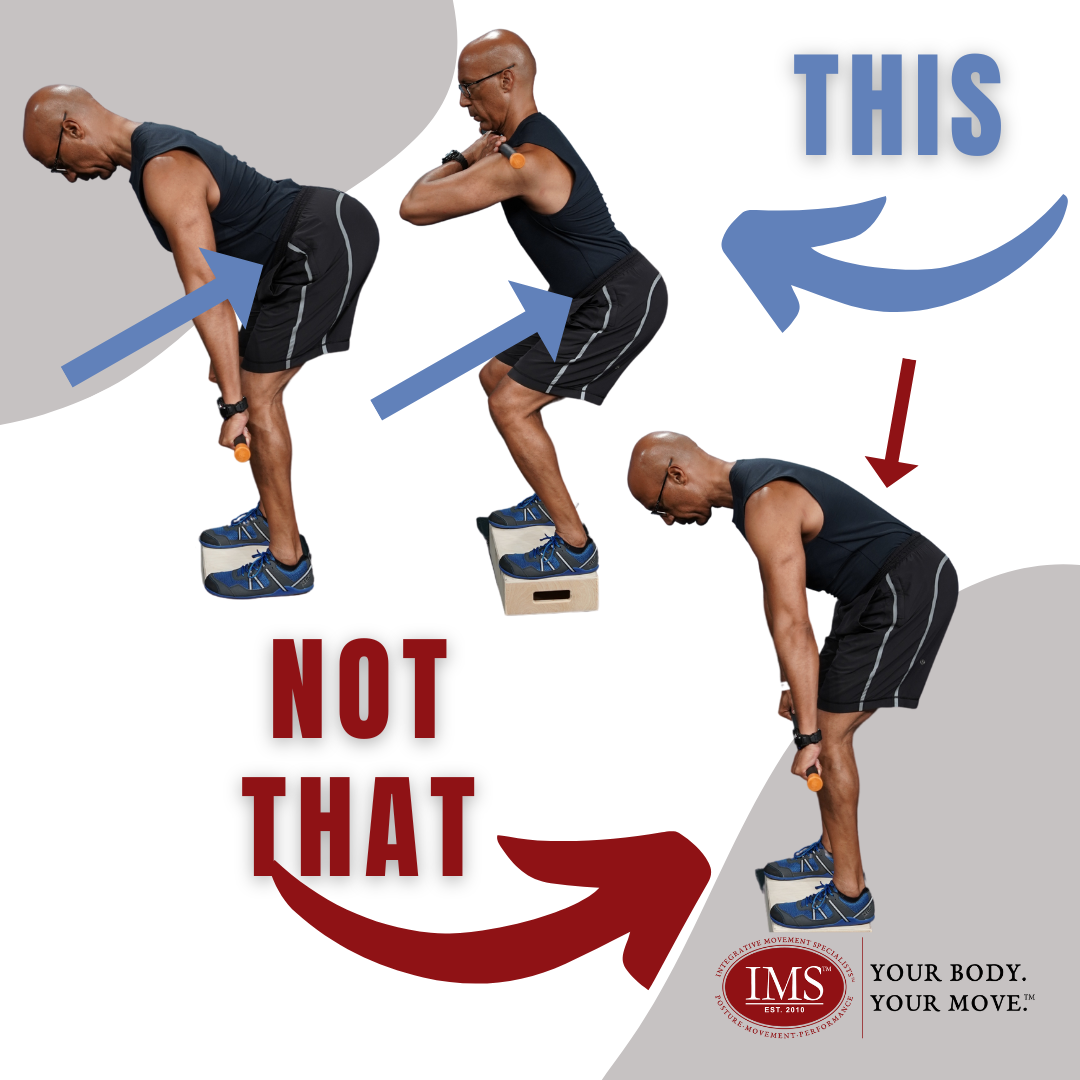
From the pictures of our model above, if you are doing more of a straight leg bend or a squat-type bend, you want to make sure you are bending and moving through your hips and not your back.
It sounds simple enough, yet, time and time again, people struggle with back pain. They pick something up, and they feel pain in their back. They get done working out and need to stretch their back because it feels tight.
So what is the secret to creating a good habit of bending?
- Bend at the hip joint. This is where your thigh bone comes into your pelvis or the crease at the top of your leg. If you struggle to move through this joint, it may be because some muscl ...

